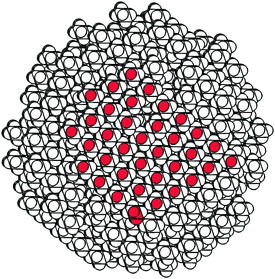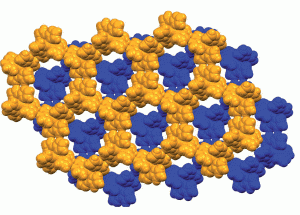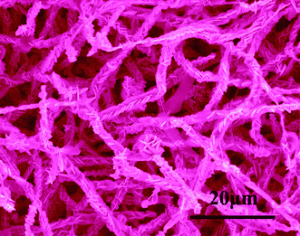This CrystEngComm Hot article demonstrates the fabrication of metal nitride nanofibres by electrospinning and thermolysis in different atmospheres.
Xingbin Yan and colleagues from the Chinese Academy of Sciences, Lanzhou make zinc titanate compounds, which are known for their wide application in roles as varied as paint pigments, gas sensors and catalysis.
In this paper they are making Zn2TiO4, which is an inverse spinel, and TiN nanofibers, but their method can be extended to other metal nitrides.
Read the full article to find out more about these nanofibers…
Fabrication of Zn2TiO4 and TiN nanofibers by pyrolysis of electrospun precursor fibers
Dongfei Sun, Xingbin Yan, Jiangtao Chen, Shengxue Yu, Litian Hu and Qunji Xue
CrystEngComm, 2011, Advance Article
DOI: 10.1039/C1CE05033H, Paper
FREE TO READ until 14th May












 In this CrystEngComm
In this CrystEngComm 

 In this
In this 




 In this
In this 